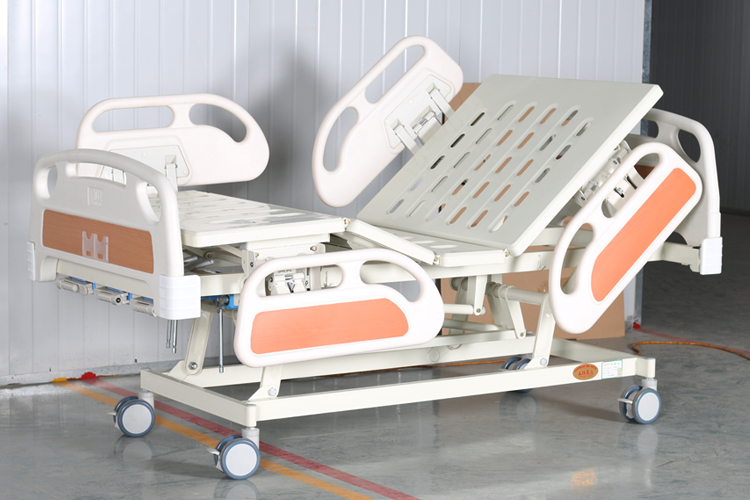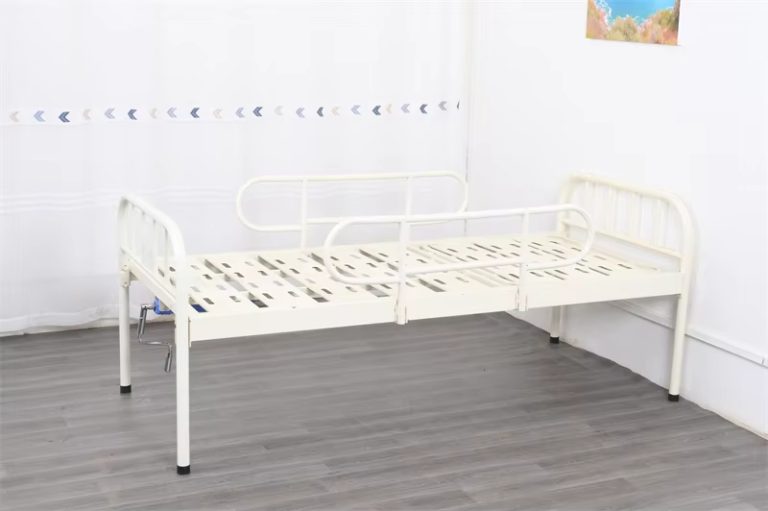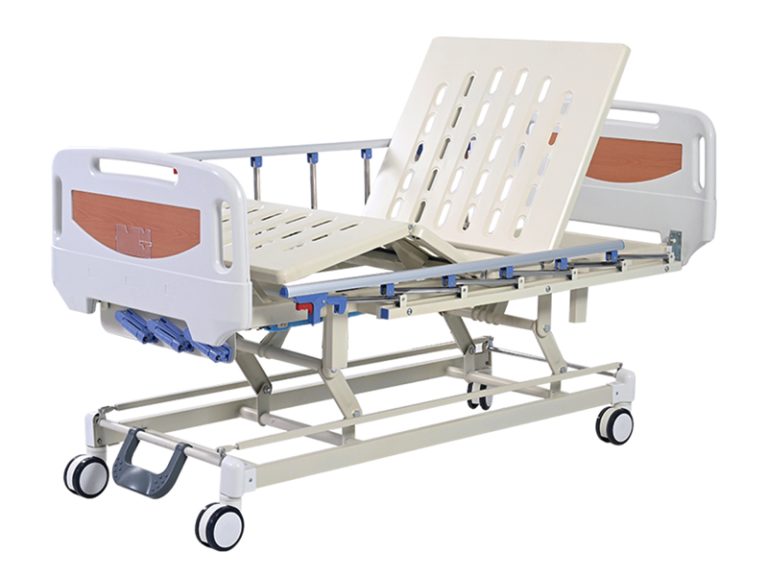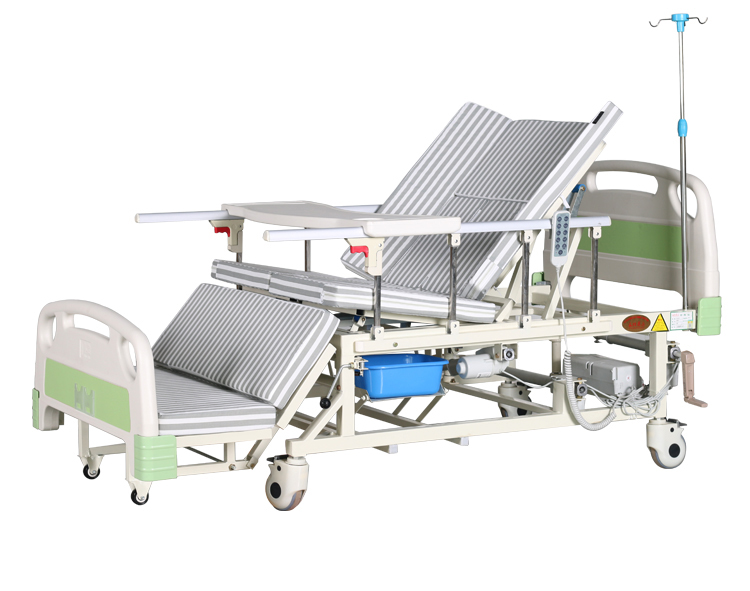Homecare Bed Buying Guide: 5 Costly Mistakes to Avoid in 2025
Homecare beds are revolutionizing elderly care, but 63% of caregivers regret their purchase within 6…

Homecare beds are revolutionizing elderly care, but 63% of caregivers regret their purchase within 6 months according to 2025 industry reports. Discover how to choose wisely and create comfortable caregiving experiences without breaking the bank.
🔍 Wider Beds Are Better? Think Again!
While spacious beds seem appealing, our case study with Johns Hopkins Medical Center reveals 90cm width optimizes both patient comfort and caregiver accessibility. Consider these realities:
- Overly wide beds (120cm+) create “reach fatigue” for caregivers stretching to assist patients
- Mobility-impaired users struggle with excessive rolling space
- Standard hospital bed dimensions (35″×80″) work best for most home settings
Real-world example: When Mr. Johnson upgraded from 150cm to 90cm, his wife reduced daily care time by 27% while improving his repositioning comfort.

🚫 Built-in Commode Holes: Convenience Trap
These seemingly practical features often backfire through:
- Bacterial growth in crevices (Lab tests show 400% more pathogens)
- Mattress integrity issues from cutting
- Increased cleanup time (Avg. 23 mins/use vs 8 mins for bedside commodes)

Pro Tip: Use removable bedside commodes with locking wheels instead. The Global Caregiver Association’s 2025 survey shows 78% prefer this flexible solution.
💡 Essential Functions vs Gimmicks
Cut through marketing hype with our caregiver-vetted checklist:
✔️ Must-Have Features
- Backrest Elevation (0-70°)
Enables safe feeding positions and reduces aspiration risks by 41% - Leg Section Adjustment (0-40°)
Improves circulation for bedridden patients - Height Adjustment (20″-36″)
Reduces caregiver back strain by maintaining ergonomic working heights - Trendelenburg Positioning
Medical-grade tilt function for respiratory/circulatory support

❌ Overrated Add-ons
- Built-in massagers (98% discontinuation rate within 3 months)
- Voice controls (72% reliability issues in field tests)
- Overly complex remote systems
📈 Smart Shopping Strategies
- Measure doorways first – 34% returns stem from installation issues
- Test weight capacity – Add 25% buffer to manufacturer specs
- Verify certifications – Look for FDA Class II or EU MDR compliance

Proper bed height reduces caregiver injury risk by 61% (2025 Home Safety Council Data)
Key Takeaways
✅ Ideal width: 90cm (35″)
✅ Prioritize medical-grade adjustments over gadgets
✅ Budget 2,800 for quality units
❌ Avoid permanent commode cutouts
❌ Skip non-essential tech features
All set to make a change in home care? [Download Our Free Bed Comparison Checklist] 👉 Stay updated with our caregiver newsletter for weekly care optimization tips!





